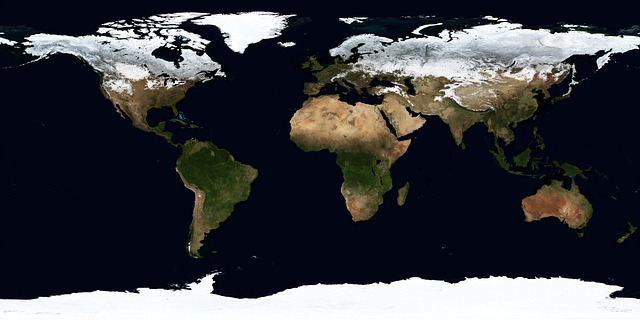In a world where visual storytelling connects us in unprecedented ways, Projection Mapping emerges as a transformative art form that elevates the traditional concept of displays. Gone are the days when monitors and TVs merely presented static images or conventional videos; today, they are canvases for creativity that can captivate our senses and spark imagination.
At its core, Projection Mapping is a technique that transforms virtually any surface into an interactive display, making it possible to showcase visuals that interact with the shape and texture of the medium. Imagine walking into a room where the walls pulse with color and light, telling a story beyond what’s possible with traditional monitors. It infuses life into static environments, creating an immersive experience that connects viewers emotionally to the content.
This innovative technology has evolved dramatically, thanks to advancements in display technology and techniques that have streamlined the process. Projection Mapping uses specialized software and powerful projectors to transform the visual experience, allowing artists and designers to push boundaries. They can create stunning animations that dance across buildings or transform ordinary objects into dynamic visual narratives that astonish viewers.
In the realm of TV and cinema, Projection Mapping offers filmmakers and advertisers new ways to engage audiences. The potential for 3D visuals that seem to leap off the screen captures attention in a way that flat-screen displays simply cannot. This evolution speaks to our innate desire for rich, vibrant visual experiences. As more content creators harness the power of projection, we are likely to see increasingly ingenious applications in live shows, art installations, and immersive experiences in public spaces.
Furthermore, the potential of Projection Mapping extends into marketing and branding, where businesses utilize it to create attention-grabbing advertisements. Imagine walking by a storefront where the window is transformed into a dynamic slideshow of products that practically jump out at you. This approach engages consumers on a deeper level, creating memorable experiences that resonate and inspire. It’s a clear example of how modern display techniques can shape our perceptions and interactions with brands.
The technic of integrating sound, light, and motion through Projection Mapping can redefine our understanding of visual media, pushing us to think beyond the rectangular confines of standard screens. It encourages us to explore the relationship between physical space and digital imagery, prompting a dialogue that enriches our perception of everyday environments. Envision how such immersive experiences can affect our understanding of art, culture, and technology as they converge in exciting new ways.
As we delve deeper into the age of visualization, where imagination meets technology, the role of Projection Mapping will only grow more significant. It invites us to reimagine not just how we display information, but how we interact with and experience our surroundings. Every projection is a unique collaboration of light and space that blurs the lines between reality and illusion, making us redefine what a ‘display’ can truly mean.
So, whether you’re an artist, a marketer, a technophile, or simply someone who appreciates visual art, the realm of Projection Mapping awaits your exploration. Embrace the future of displays and let your creativity shine in this vibrant intersection of art and technology.




